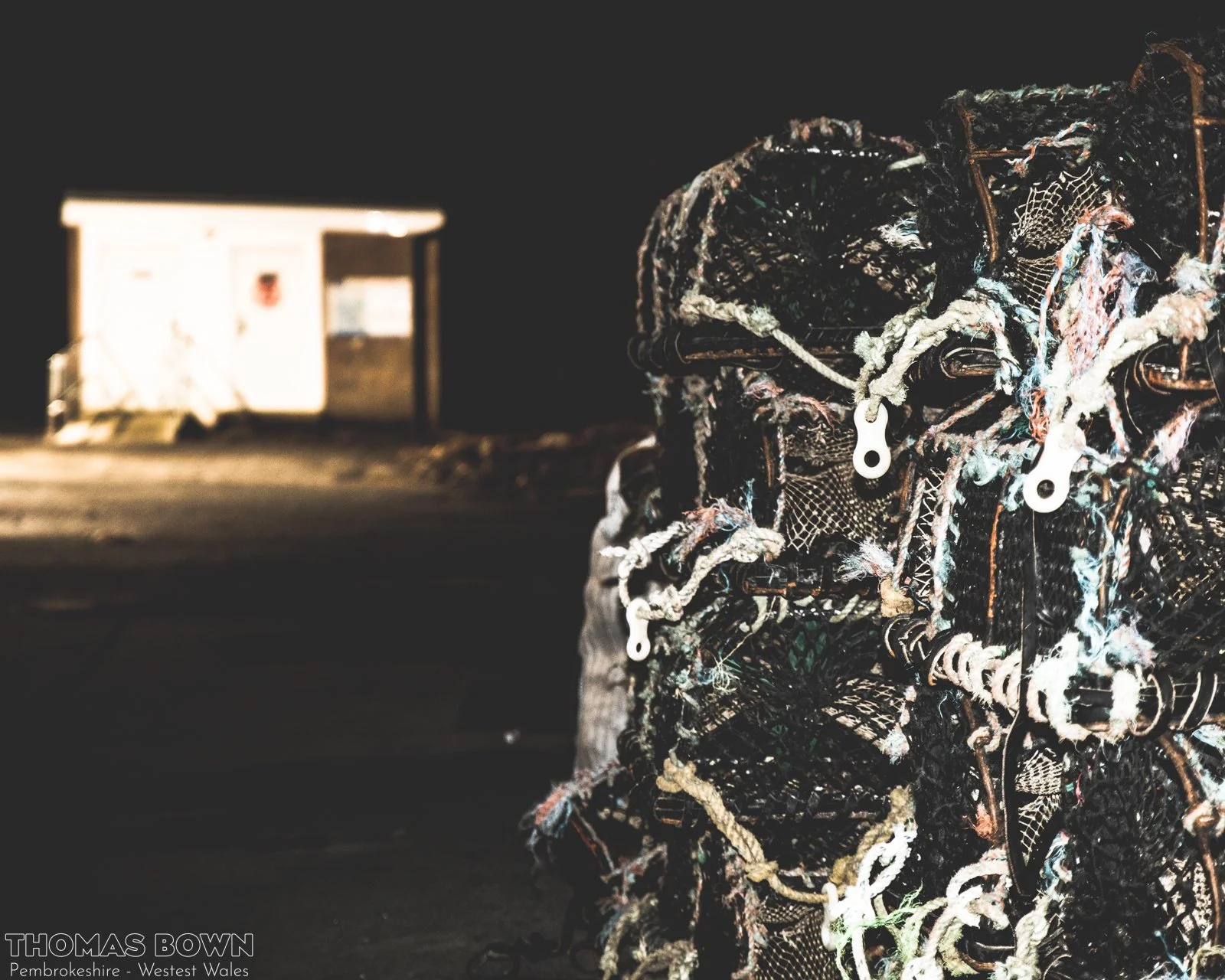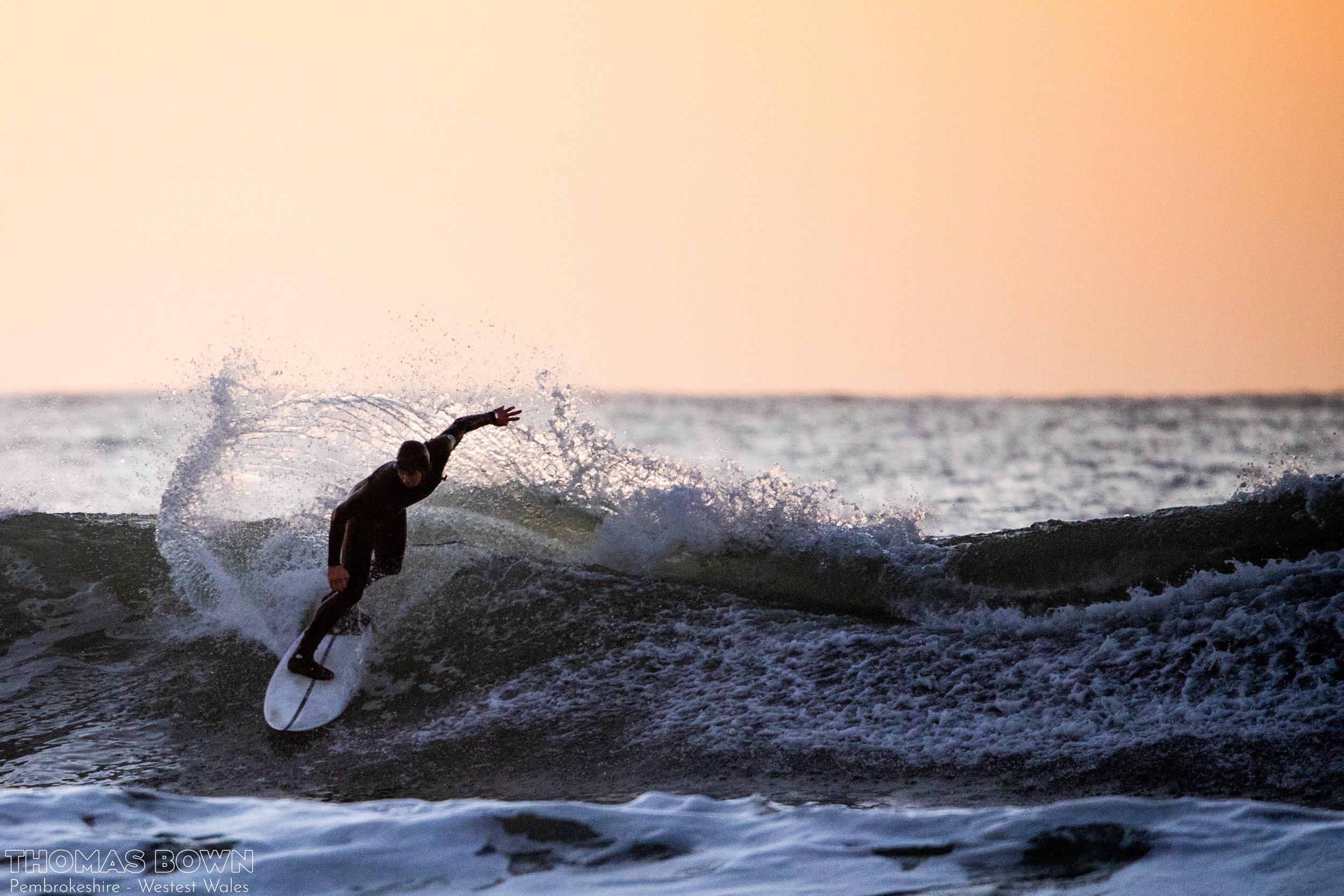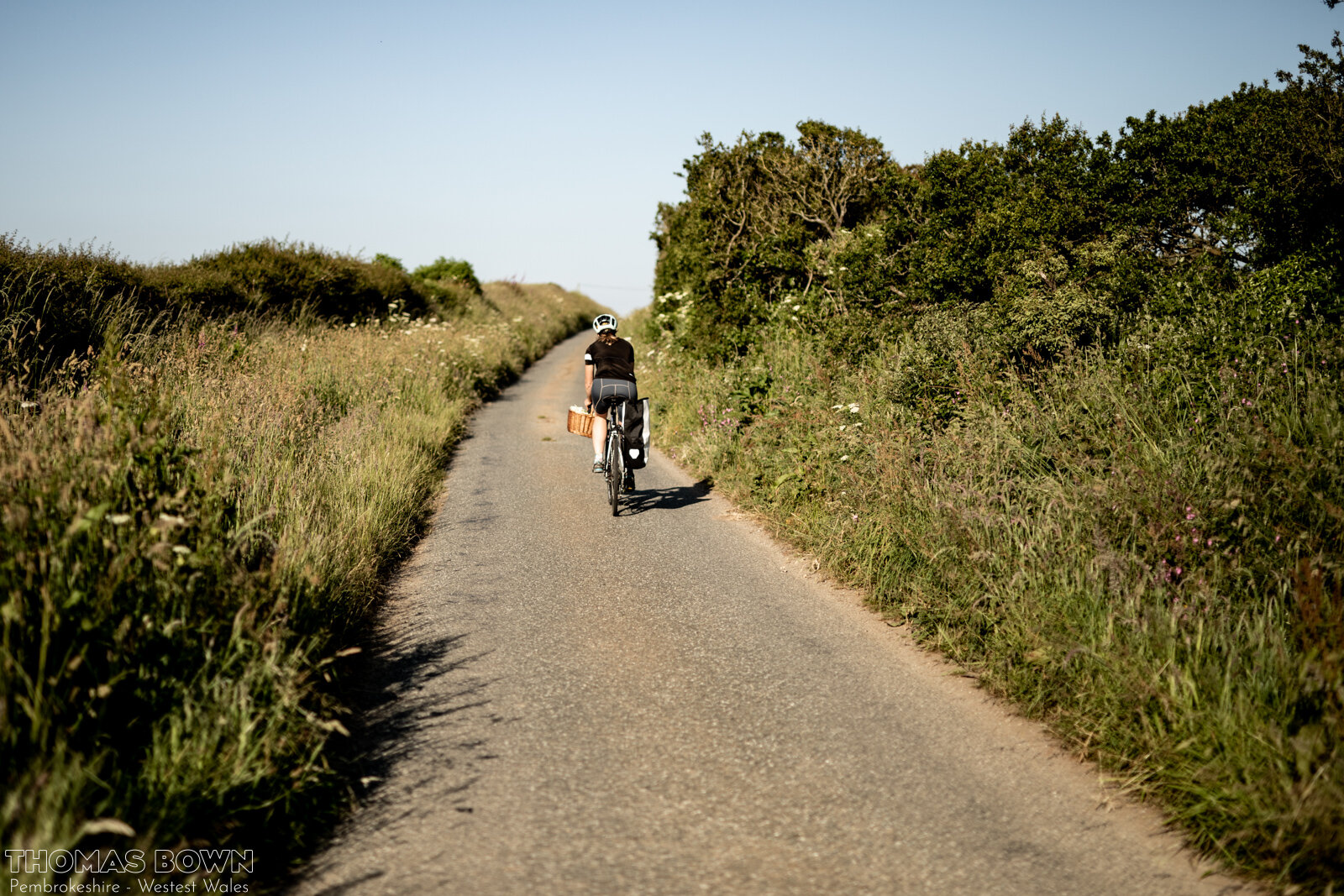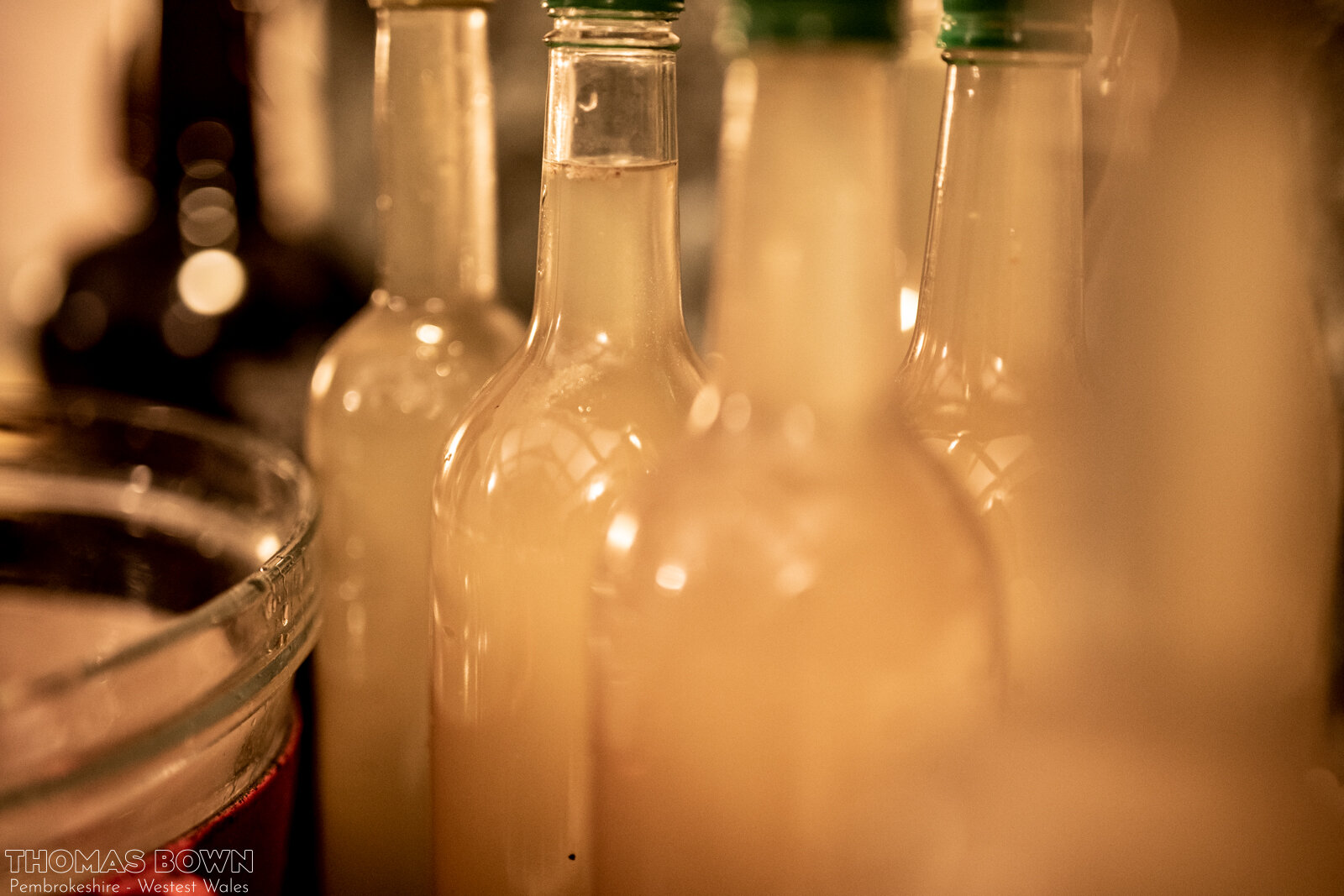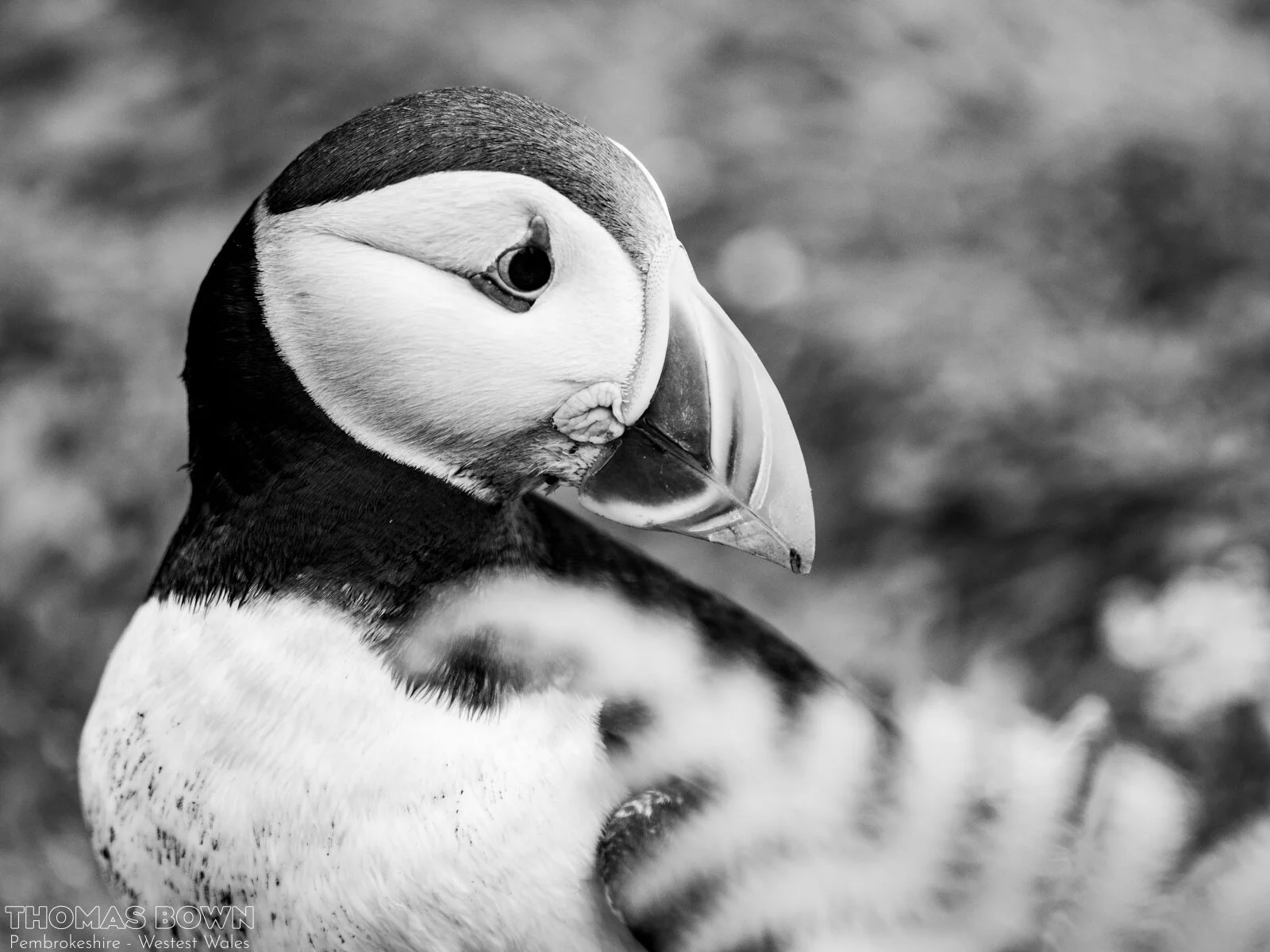I’ve always been slightly terrified of using flash. For me the split second of light has been impossible to predict with any certainty and the fear of missing a moment, ruining an image and also the attention it brings upon me as the photographer has made me shiver. The flash has seemed to me to be annoying to the subject and intrusive to most scenes and so I’ve always preferred to shoot things in natural light as what I see through the viewfinder is what the picture ends up looking like, barring any technical errors (camera shake, wrong settings etc). One of the messages I got from reading books on flash photography is that there are rules with using flash and these need to be understood in order to avoid eternal shame! This was one of the big reasons I felt intimidated. However, lately I’ve started to come around to realising (I know I’m late/stupid) how useful the flash is in making shots that wouldn’t be possible using only natural light, the additional creative element of bringing light to a scene and the potential to make images inspired by those I admire from others. It’s time to dive in.
I’ve used flash in my (makeshift) studio settings and enjoyed the process as it feels like a science experiment to adjust variables, move the light source and subject to suit and create images in a semi-controlled fashion. But outside of that controlled setting the fear sets in. Bouncing flash off ceilings or walls has seemed particularly hard to predict.
This year, I am making attempts to master the flash, at least as much as will be useful to me in creating the images I want to. The shots below are an early experiment in this process. I took a walk around the docks at Milford Haven with the flash firmly ‘on-camera’ and blasted it at vignettes that my eye sought out. On-camera flash is to be avoided according to much of the literature but it’s useful as a technique to give a particular look and feel. I think it worked well here with some creative editing to make a set of evocative images that stand apart from typical interpretations of dockside life.
The flashgun will be coming with me on more shoots and I think I’m going to enjoy its company.











